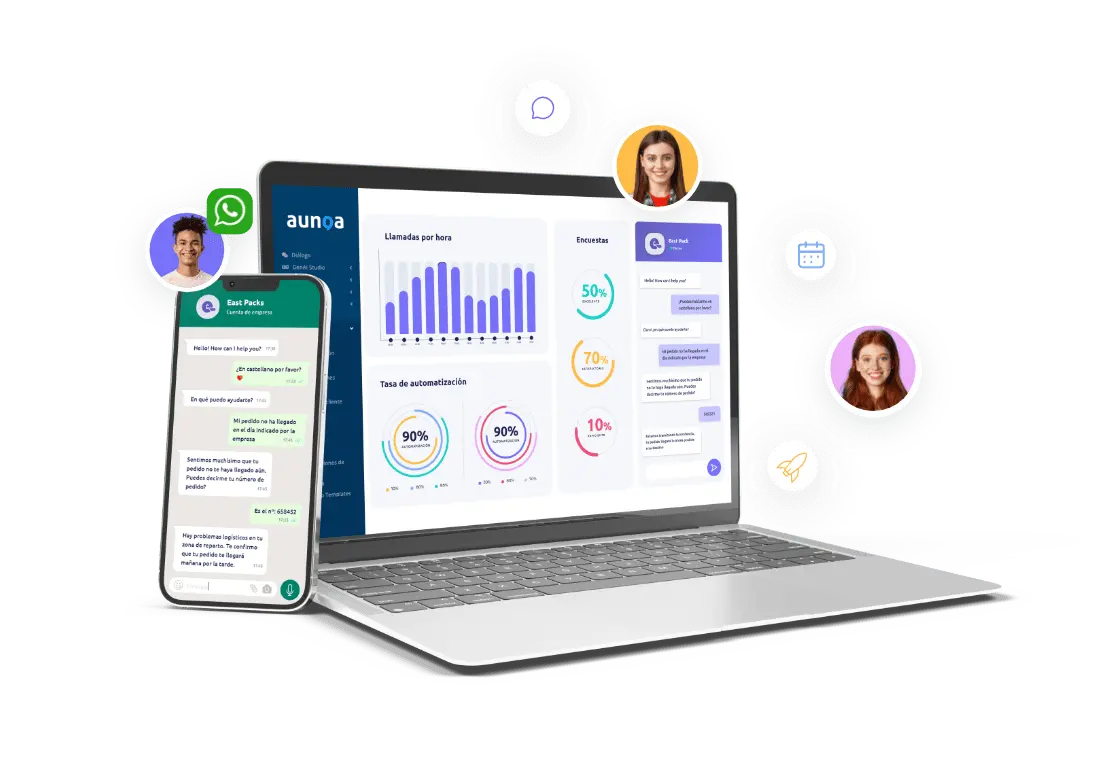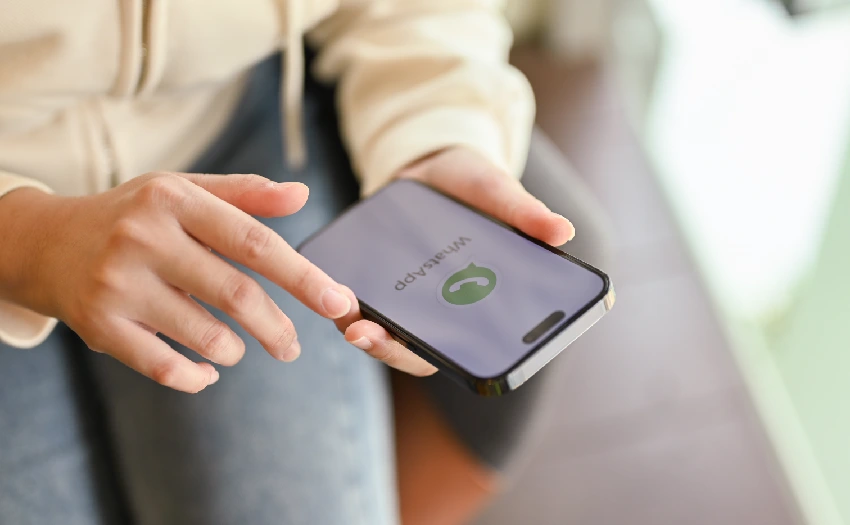WhatsApp chatbots have become a key tool for automating customer service, but their implementation is not always perfect. Below, we analyse the most common mistakes when using WhatsApp chatbots and how to fix them to enhance user experience and business efficiency.
Common mistakes when using WhatsApp chatbots
Despite their many benefits, WhatsApp chatbots can have flaws that affect user experience and automation efficiency. These mistakes can make the chatbot ineffective, frustrate customers, or even harm the company’s reputation. Below, we outline the most common mistakes and how to fix them to maximise your chatbot’s performance.
1. Lack of personalisation in responses
One of the most frequent mistakes is providing generic responses that do not adapt to the user’s specific needs. This can make the conversation feel impersonal and unhelpful.
✅ Solution: Implement artificial intelligence and natural language processing (NLP) so that the chatbot can recognise user intent and provide more personalised responses. It is also advisable to include dynamic variables such as the customer’s name to enhance the experience.
2. Confusing conversation flows
If the chatbot does not have a well-structured conversation flow, users may feel lost or frustrated when they cannot find the answer they need.
✅ Solution: Design a clear and structured conversational map, guiding users with well-defined options. It is also useful to provide the option of transferring the conversation to a human agent when necessary.
3. Not updating the chatbot regularly
Chatbots need continuous optimisation to improve accuracy and adapt to new user queries.
✅ Solution: Continuously monitor interactions and update responses based on frequently asked questions. Using data analysis can help identify patterns and improve chatbot efficiency.
4. Failure to integrate with other systems
A chatbot that operates in isolation and is not connected to CRM, ERP, or other business platforms may have limited effectiveness.
✅ Solution: Integrate the chatbot with business tools to provide more comprehensive responses and improve customer management. This allows access to relevant information such as purchase history or real-time order status.
5. Poor error handling
If the chatbot fails to understand a query, responding with a generic message like “I don’t understand” can frustrate the user.
✅ Solution: Configure alternative responses and provide help options to guide users through the conversation. It is also crucial to implement machine learning to improve understanding over time.
6. Not providing a human support option
A chatbot will not always be able to resolve all queries, so having human support is essential.
✅ Solution: Include a mechanism to transfer the conversation to a human agent when the chatbot cannot resolve the user’s request. This improves customer satisfaction and prevents frustration.
7. Excessive automated messages
Sending too many messages can be intrusive and annoying for users, leading to a poor user experience.
✅ Solution: Configure efficient responses and reduce the number of unnecessary messages. It is also important to avoid excessive notifications that users have not requested.
Optimise your chatbot with AI experts
If you want to implement an efficient and error-free WhatsApp chatbot, at Aunoa we help design customised solutions for your business. Contact us to find out how to improve your customer service automation and optimise every interaction.






